Invertebrates
Regardless of the many researchers, the invertebrate fauna of Mt. Biokovo is still poorly known today. More detailed research has been conducted on the earthworms, millipedes, ground beetles and saproxylic beetles, butterflies and moths, and the sawflies. There are systematised data for the butterflies and moths, while there are individual published papers for certain other groups of fauna.
Beetles (Coleoptera)
The beetles are one of the largest groups of invertebrates. The large number of species and their diversity in body size and structure have enabled beetles to thrive in virtually every ecological niche. They are found on all continents, except Antarctica. They are adapted for life in nearly all terrestrial and freshwater habitats, and some species are also found in brackish waters. They are found in areas of extreme conditions where the daily temperature and humidity oscillate dramatically, such as in the deserts, or in habitats that are poor in organic matter and light, like the subterranean habitats.
The first sporadic research of the beetle fauna on Mt. Biokovo was conducted in the early 20th century, and over the years, several studies of the beetles of this area were conducted as part of regular park activities. The most comprehensive list of beetles collected in the Biokovo area was made by Petar Novak, a Croatian entomologist, who published the findings that he collected or cited reports of other foreign researchers who had published a find from Biokovo, such as J. Müller, K. A. Penecke, J. Roubal, L. Mader and others.
To date, 295 beetle species have been reported here, of which 189 species are saproxylic. In the Mt. Biokovo area, there are four species of saproxylic beetles that are also listed in Appendix II of the Habitats Directive (Natura 2000 species), and these have been listed as qualification species for this area. These are the great capricorn beetle (Cerambyx cerdo), Morimus funereus, rosalia longicorn (Rosalia alpina) and the European stag beetle (Lucanus cervus). Recent research has revealed the presence of a fifth species from Annex II, the hermit beetle (Osmoderma eremita).
There are many near threatened species found in the Biokovo area. These are the longhorn beetles: Cerambyx cerdo, Cerambyx miles, Cerambyx nodulosus, Ropalopus insubricus and Stenurella septempunctata; the flower chafers: Osmoderma eremita, Protaetia aeruginosa and Protaetia fieberi; the click beetles: Brachygonus megerlei and Crepidophorus mutilatus, one stag beetle species, Lucanus cervus; and one darkling beetle species, Pentaphyllus chrysomeloides. For the click beetle species Crepidophorus mutilatus, Biokovo is just the second recent find in Croatia. The highest threat category has been assigned to the variable chafer Gnorimus variabilis, categorised as vulnerable, while two species are currently listed as data deficient: the longhorn beetle species Purpuricenus globulicollis and the flower chafer species Protaetia affinis.
Research of the Biokovo beetle fauna has discovered many rare and significant species. Some beetle species are known to live here that for decades have not been recorded anywhere else in Croatia. For example, two click beetle species were described based on specimens from Croatia, though to this day we know very little about them. The first is Anostirus dalmatinus, found only in Croatia and part of Bosnia and Herzegovina, but was not recorded in Croatia since the mid-20th century. However, it has been reported present in the peak zone of Mt. Biokovo. The second species is a click beetle, Dima dalmatina, distributed in Croatia, Bosnia and Herzegovina and Montenegro, which was last recorded in Croatia some 20 years ago. However, several individuals have recently been located in the peak zone of Mt. Biokovo.
 English
English

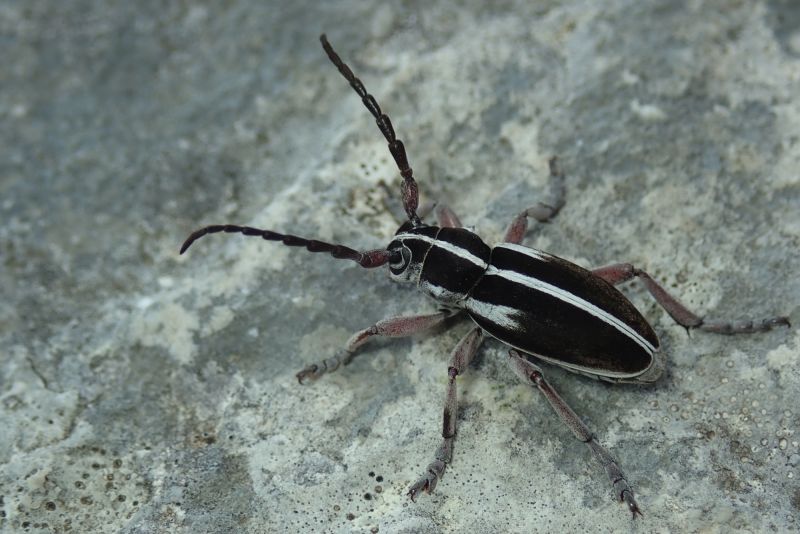
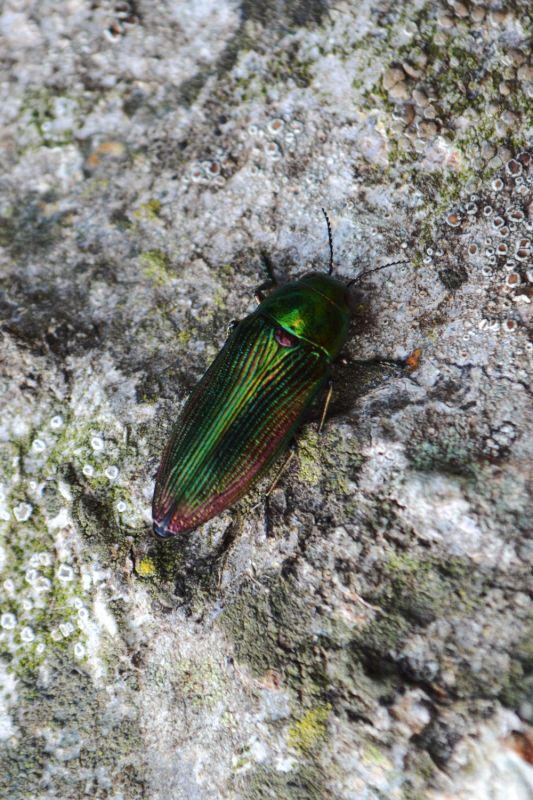


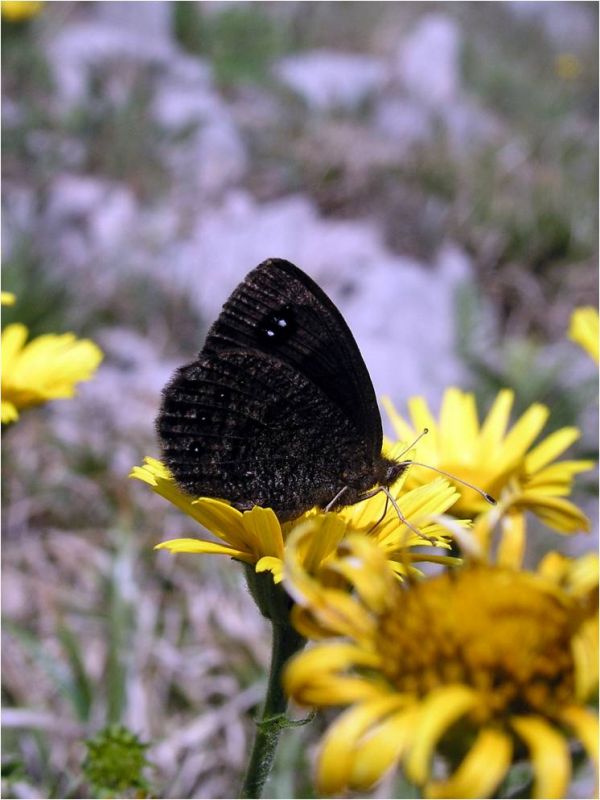
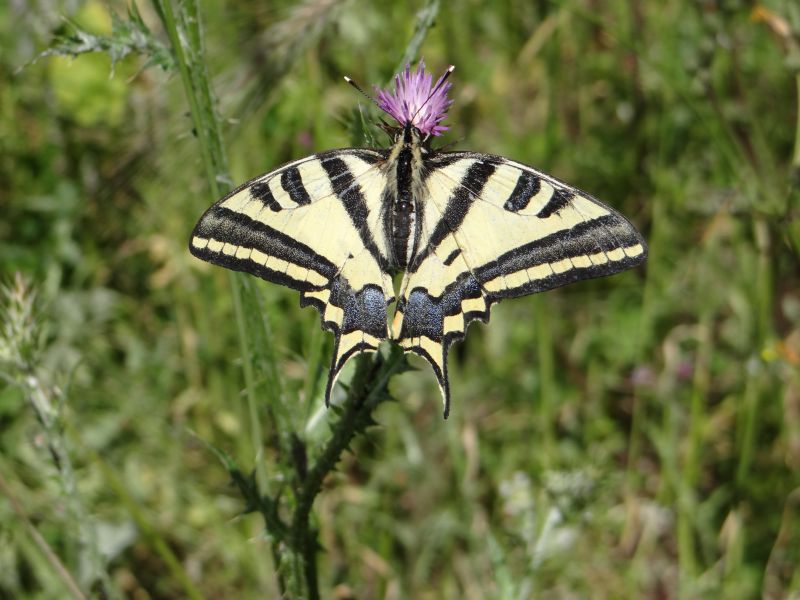
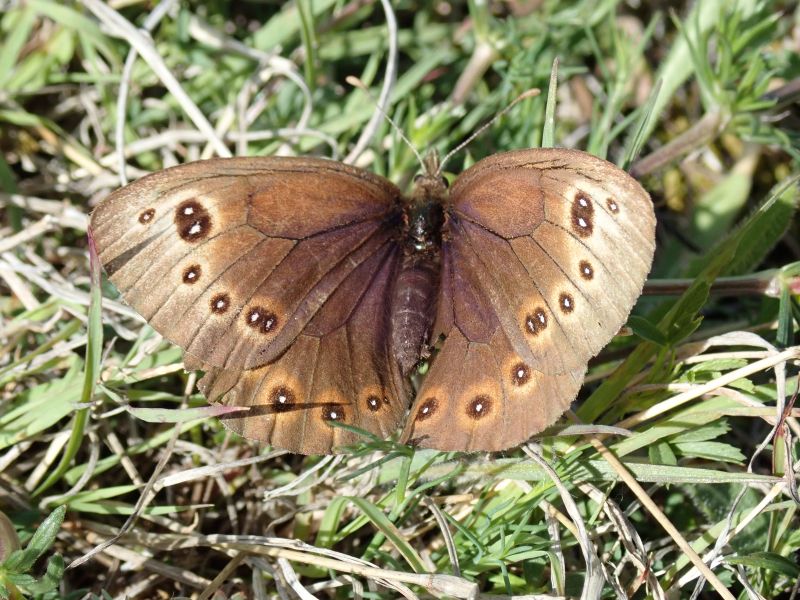
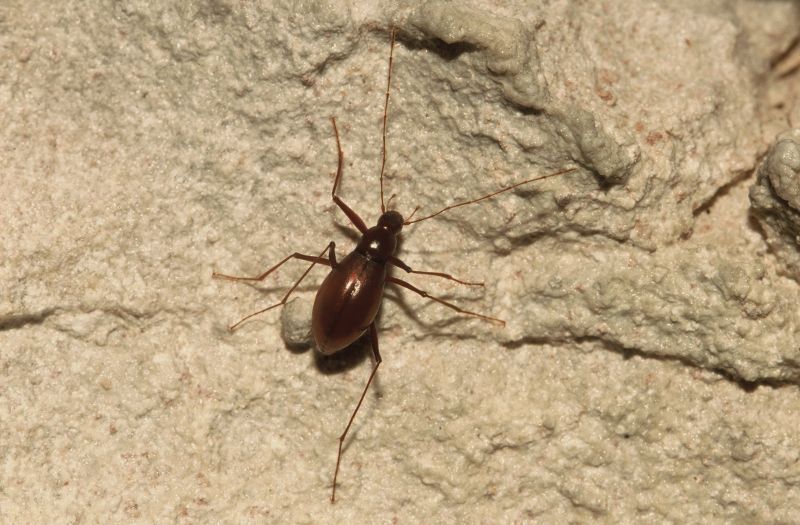
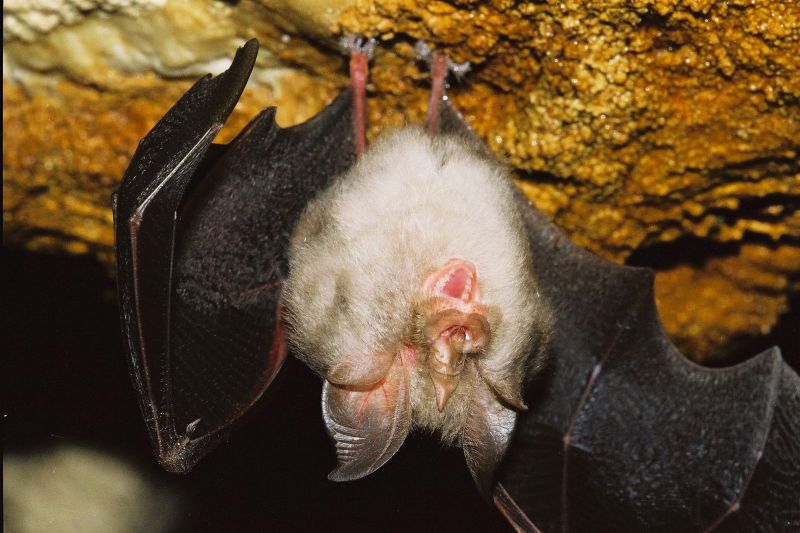
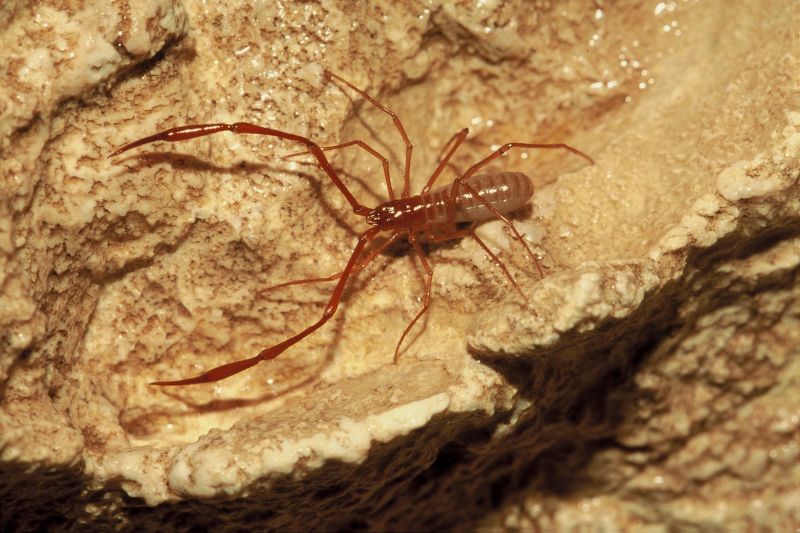
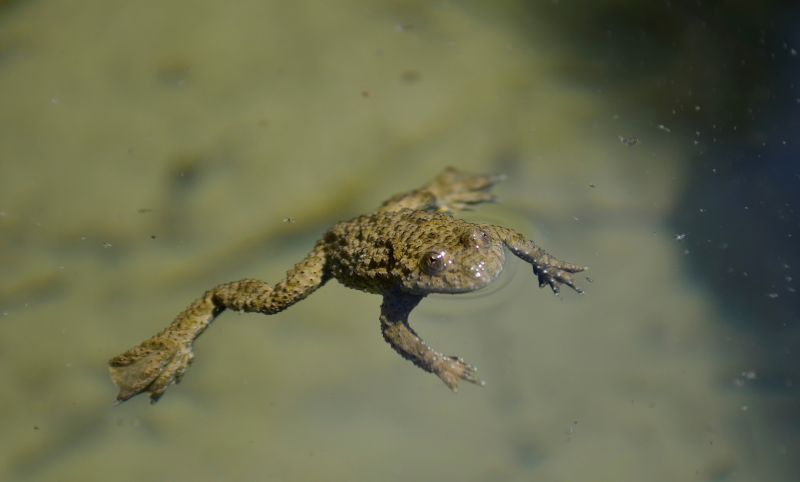
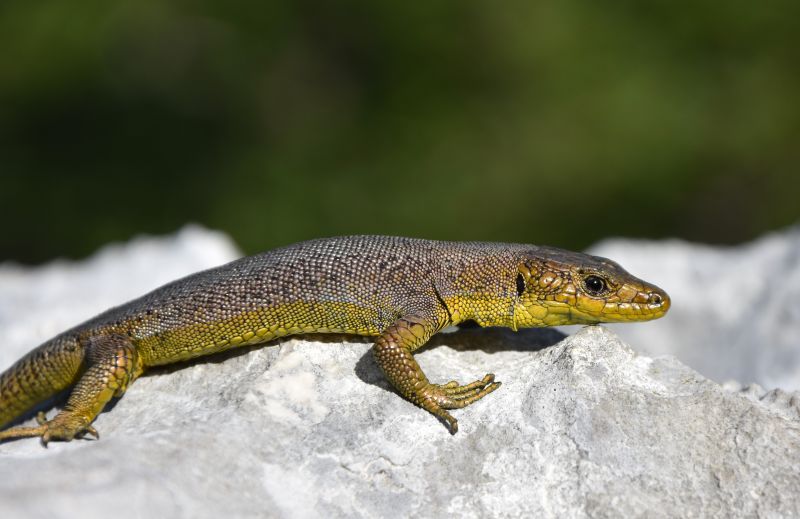
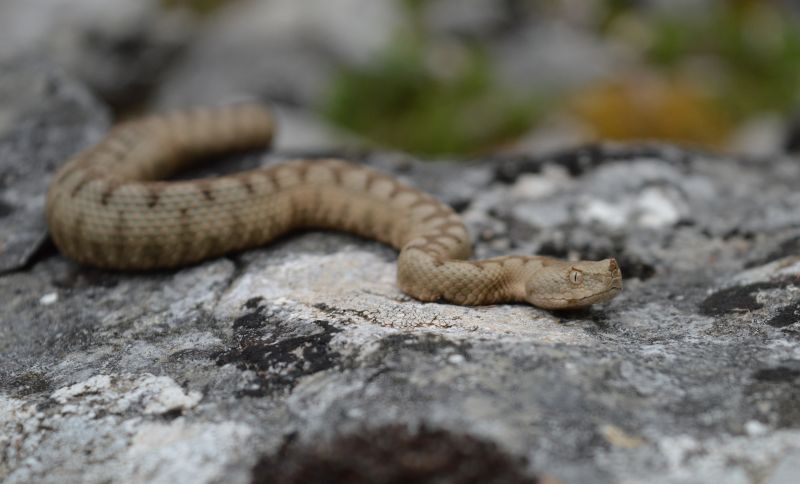
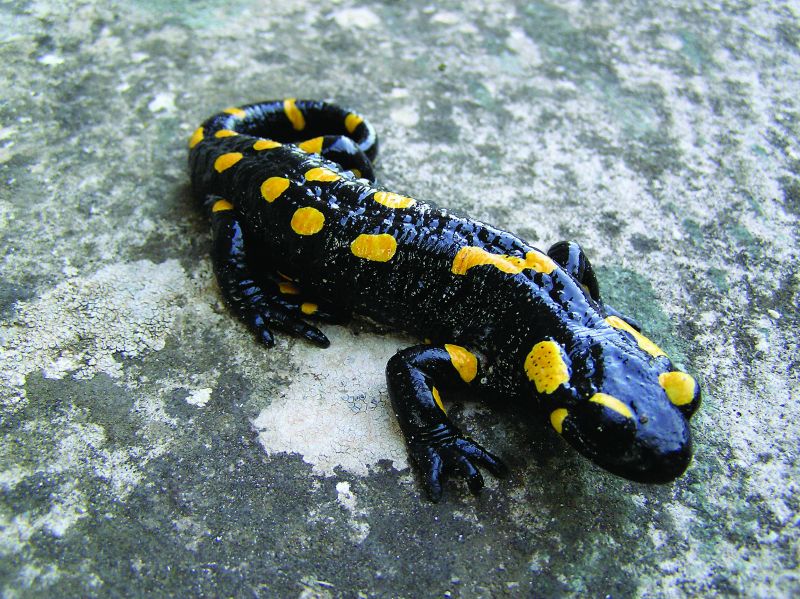
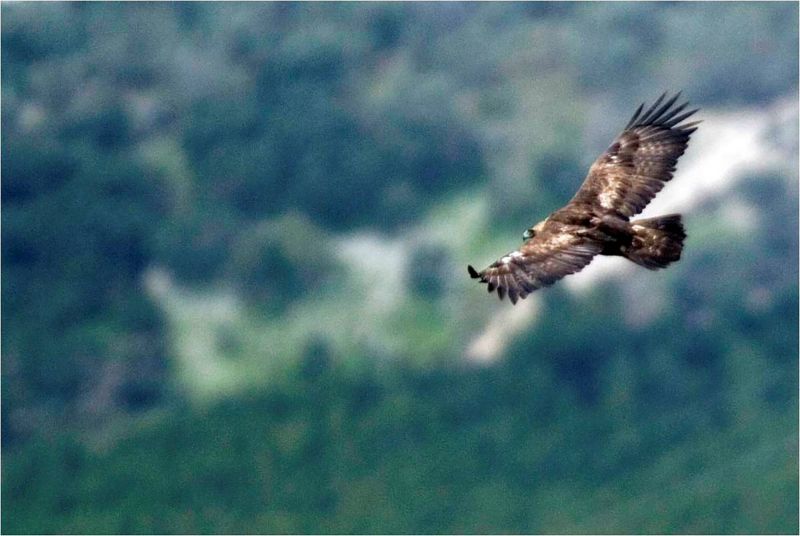
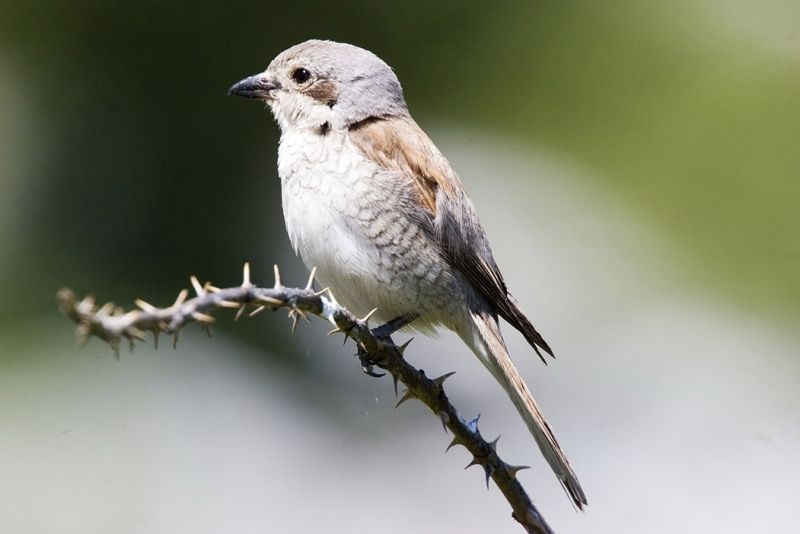
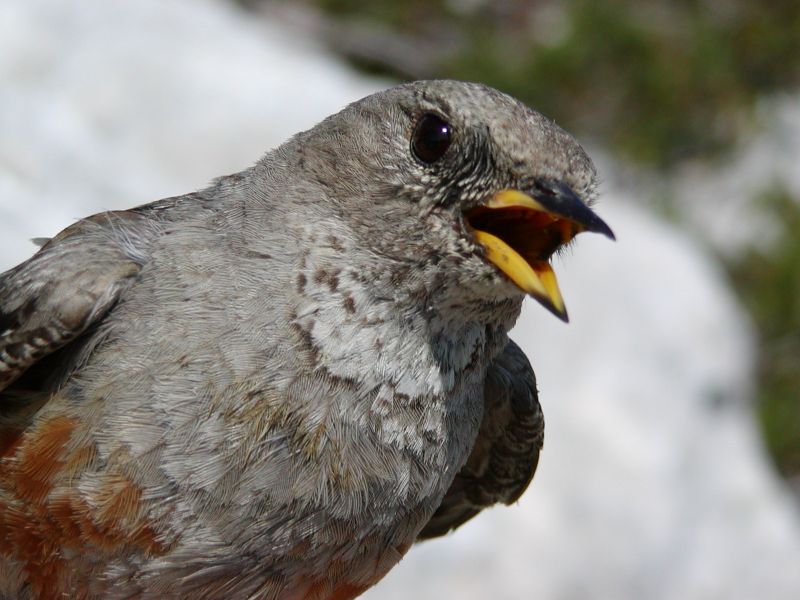
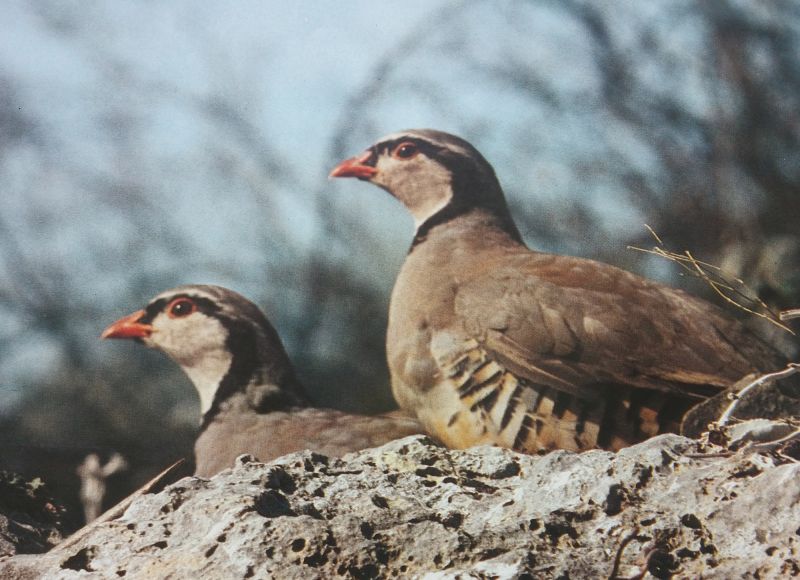

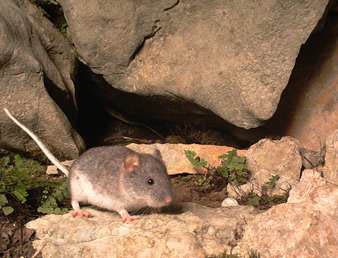
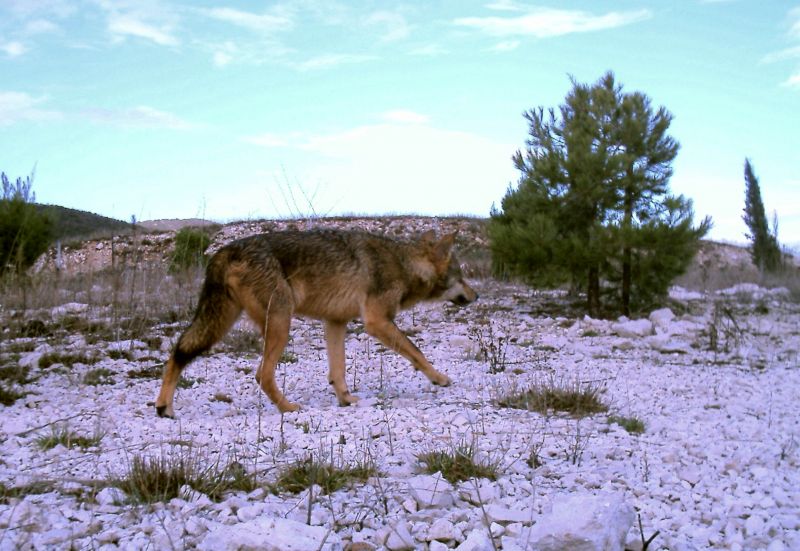

 Parks of Croatia
Parks of Croatia





















